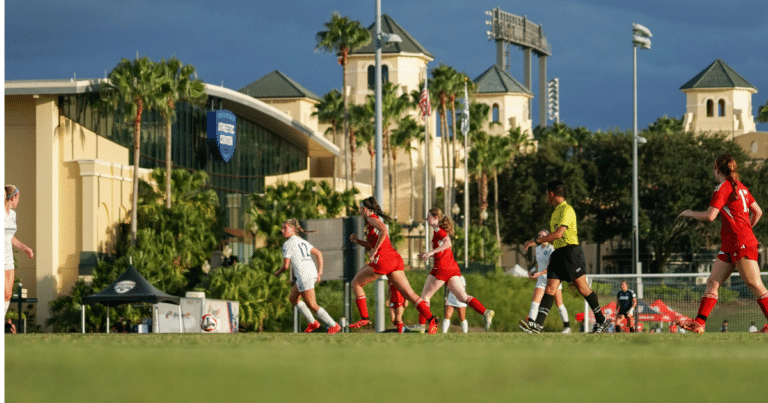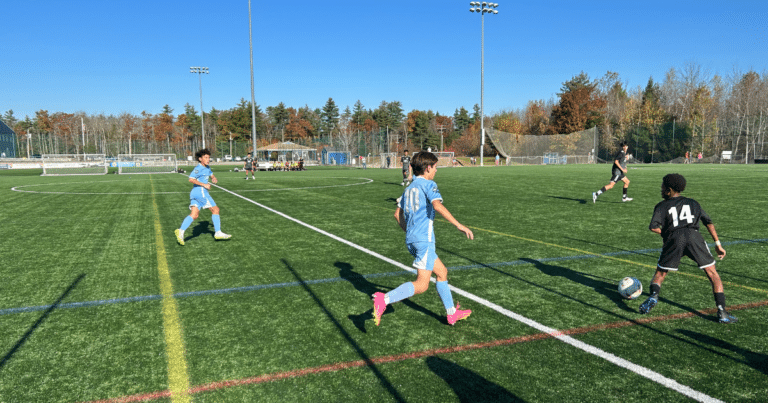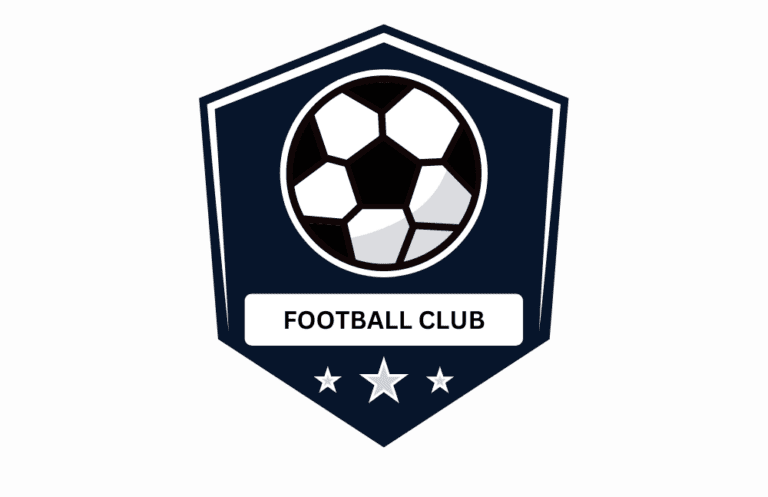What are the Soccer Positions in Spanish?
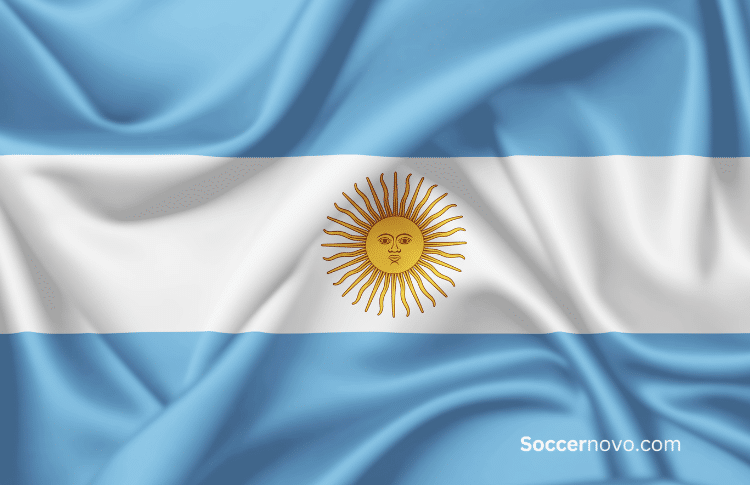
Do you want to learn how to say different soccer positions in Spanish? Maybe you are in a Spanish-speaking community or you have some teammates who love to speak Spanish on the soccer field.

In this article, we’ll dive into the different soccer positions and how you say them in Spanish. Just knowing these terms will help you understand and communicate better on the field.
Soccer Positions in Spanish
Let’s start with the common soccer player positions and their equivalent in Spanish.
Afterward, we will be discussing the other not-quite-as-common terms that are sporadically spoken.
Goalkeeper/Goalie > El Arquero, El Portero, La Guardameta

In some Spanish-speaking countries, the goalkeeper is called the “el arquero” because the player defends the “arco” or the “arch”, which is the goal.
The position is called the “el portero” because the player defends the “porteria” or goal.
Lastly, “guardameta” is the literal translation of the position of goalkeeper.
Defender > El Defensa/Defensor
“El defensa” simply means the defense, while “Defensor” means “defender” (“defensores” if plural).
The central defenders can be the stoppers or the “liberos” depending on their positions on the team.
The defenders on the wings are either called the “laterales” (side) or “carrileros” (wingers).
Midfielders > El Mediocampista/Medio

The midfielders are the players who control the middle of the field, usually between box-to-box.
They are also the ones who would usually have the soccer IQ to create scoring opportunities.
The “mediocampista”, often shortened to “medio”, is the position that was played by the soccer legends Pele and Diego Maradona.
Within the midfielders, they are categorized into two, namely the “medio de contecion” for the defensive midfielder.
And, attacking midfielder is often referred to as the “medio creative” or “el diez” (the 10).
Forward > El Delantero
The “delantero” is the forward or striker. These are the players who are usually responsible for scoring goals.
Forwards can also be split into two types. The “centro delantero”, as you can probably guess, often plays in the center of the field.
The “extremo” are those who play along the sides in certain formations. These players will usually set up on the wings so the “centro” can score.
More English to Spanish Soccer Terms
While these are not technically players, they are involved in every aspect of a soccer match.
Referee > El Arbitro
Unlike in American football, the “el arbitro” or the referee in soccer does not wear stripes.
They used to wear all black, but after the 1990 World Cup, the referee can wear any color that is not used by either of the competing clubs.
Sideline Referee > El Juez de Linea/Abanderado
The “juez de linea” are the sideline (also known as assistant referees or linesman/lineswoman) referees.
They are also called the “abanderado” (person with the flag), as they signal the other referees for offside violations.
The other people on the field include:
- Coach > El Entrenador/Director Tecnico
- Trainer > El Preparador Físico
- Substitute Player > El Suplente
- Captain > El Capitan
The Soccer Pitch in Spanish
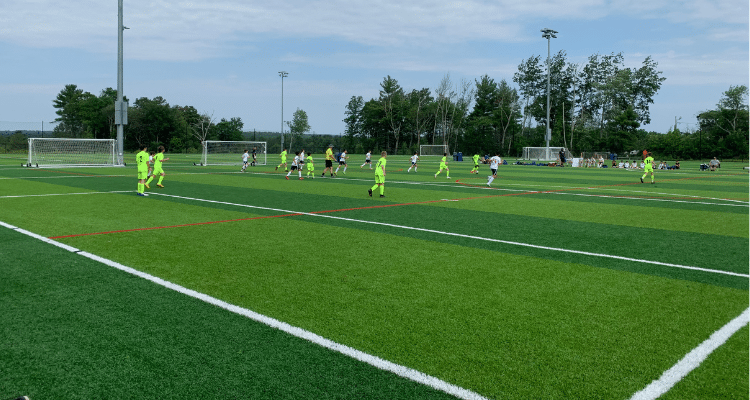
Aside from the player positions, other terms that you might want to know include the features of the soccer pitch.
The Goal > La Porteria/El Arco
The goals are called the “la porteria” or “el arco” because of their arch shape. The posts are called “postes/palos”, the crossbar on top is the “larguero/travesaño”, and the net is “la red”.
The penalty area as we refer to it, which is the rectangle in front of the goal, is the “area grande or area de penal”.
Other terms you need to know are the following:
- Corner > El Tiro de Esquina
- Midfield Line > La Linea de Medio Campo
- Sideline > La Linea de Banda/Lateral
Now, just like that, you already know quite a lot of new Spanish words. With just these words, you can watch professional soccer leagues in Spanish and still keep up with the action!
Soccer in Latin America
Soccer, also known as football, is wildly popular in Latin America. Many countries have a strong soccer culture that breeds winning national teams.
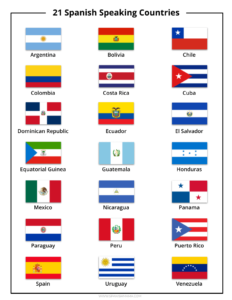
Some of the most successful and well-known teams in Latin America include Brazil, Argentina, and Uruguay, all of which have won the FIFA World Cup, some multiple times.
These countries also have dynamic youth and professional leagues that feature talented players with a lot of promise. In the U.S., we have pockets that love American football and basketball. Latin American countries love soccer and that is the primary sport across all regions.
In addition to these traditional soccer powerhouses, many other countries in the region also have strong soccer cultures, such as Mexico, Chile, and Colombia.
I saw it first-hand. My friend got married in Cartagena, Colombia and I saw soccer being played on dirt fields. It was fun driving by and seeing the kids truly enjoying themselves.
Overall, soccer plays an important role in the sports and culture of Latin America, and it is a beloved pastime for many people of all ages in the region.
Frequently Asked Questions
There are so many great apps to learn Spanish. The top two include Babble and Duolingo.
Not necessarily. It helps if you decide to play overseas at an academy or professionally.

Written By: SoccerNovo
SoccerNovo is an independent youth soccer media brand built to help parents, players, and coaches better understand the game and the pathways available in U.S. soccer. Our mission is to make youth soccer simpler, clearer, and more accessible for everyone involved in it.
Let’s connect


